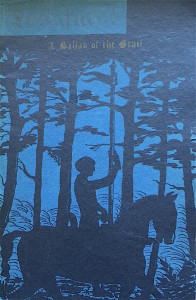Found in 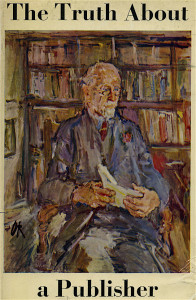 The Truth about Publishing (Allen & Unwin, London 1926) this flier/ order form for the book ‘to be published in September.’ Quite an early use of the word ‘blurb.’ The pamphlet ends with this tongue-in-cheek claim ‘…The Truth about Publishing is a long book but it is published at a low price. This happy combination is due to the fact that the publishers were able to dictate their own terms to the author.’ Our illustration shows a later version of the book illustrated with a portrait of Sir Stanley Unwin by Oskar Kokoschka. He is not to be confused with the great comedian Stanley Unwin (‘deep joy.’)
The Truth about Publishing (Allen & Unwin, London 1926) this flier/ order form for the book ‘to be published in September.’ Quite an early use of the word ‘blurb.’ The pamphlet ends with this tongue-in-cheek claim ‘…The Truth about Publishing is a long book but it is published at a low price. This happy combination is due to the fact that the publishers were able to dictate their own terms to the author.’ Our illustration shows a later version of the book illustrated with a portrait of Sir Stanley Unwin by Oskar Kokoschka. He is not to be confused with the great comedian Stanley Unwin (‘deep joy.’)
A ‘Blurb’
Mr. Stanley Unwin is not tongue-tied, like the ghost of the elder Hamlet. No power on earth or in heaven can forbid him to tell the secrets of his publishing house. ‘The Truth About Publishing’ – how fascinating a theme! Cannot we see authors (whose name is legion, but who, in general, are parsimonious book-buyers) queuing up in Museum Street, burning with eagerness to have their should harrowed by these revelations? ‘Are our suspicions to be justified? Will it prove as bad as we thought?’ – thus we can imagine one Author saying to another while they await their turn.
Readers of ‘The Truth About Publishing’ will find it a fascinating book, of fit is written by one who is a master of his craft of book-publishing; has served his apprenticeship in the book-printing trade, as a publisher’s traveller, and as volunteer assistant to a German bookseller; and has the witty and humorous pen of a ready writer. A successful publisher, withal, eager, not only to inform, but also to criticise. Genially and shrewdly he criticises, not authors alone, but publishers and printers and papermakers and bookbinders and booksellers and book buyers (when there are any) as well. This criticism is always kindly, always helpful – always directed towards the cause he has most at heart, the production and distribution of good books. Incidentally, he makes a modest livelihood (not a fortune!) by the process? Agreed! That is why he is so well qualified to tell us all about it, and to convince his readers that the good publisher is an expert in whom, with due precautions, we may trust; not a necessary evil, but a necessary good.
On his title-page is a quotation from a famous publisher of an artier generation, with which this blurb may aptly close. (Yes, Mr. Stanley Unwin tells us all about blurbs, in his volume of cheerful indiscretions! – but he has not written this one himself). ‘It is by books that mind speaks to mind, by books the world’s intelligence grows; books are the tree of knowledge, which has grown into and twined its branches with those of the tree of life, and of their common fruit men eat and become as gods knowing good and evil.’
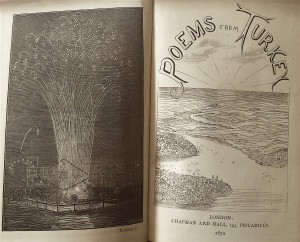

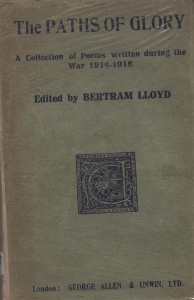
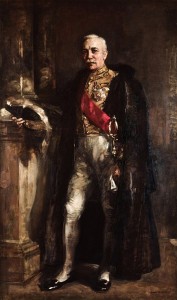
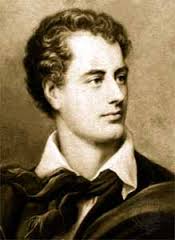
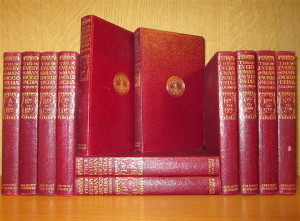 Found- a bookmark advertising the virtues of Everyman’s Encyclopaedia. For obvious reasons the set is now of very little value, except as decoration. In the 1920s, when these were written it was a (relatively) portable fount of all knowledge – hence these brief encomiums from the great and the good (and the titled). Sets could be bought with their own small book-case ‘in unstained oak’ and the deluxe versions in full leather (£7 10 shillings.) It boasted 7 million words and 2700 illustrations plus a World Atlas.
Found- a bookmark advertising the virtues of Everyman’s Encyclopaedia. For obvious reasons the set is now of very little value, except as decoration. In the 1920s, when these were written it was a (relatively) portable fount of all knowledge – hence these brief encomiums from the great and the good (and the titled). Sets could be bought with their own small book-case ‘in unstained oak’ and the deluxe versions in full leather (£7 10 shillings.) It boasted 7 million words and 2700 illustrations plus a World Atlas. children’s books – this letter. The sender’s name has been clipped off but he or she was obviously something of a power in the literary world. It displays two opposing views of the writer John Gardner. The second letter was written to propose Symonds for a literary position and talks of Gardner in glowing terms, the first letter (to Symonds) declares that he is ‘…one of the worst novelists in the world.’ This is the world of Martin Amis’s The Information, his great novel of literary rivalry.
children’s books – this letter. The sender’s name has been clipped off but he or she was obviously something of a power in the literary world. It displays two opposing views of the writer John Gardner. The second letter was written to propose Symonds for a literary position and talks of Gardner in glowing terms, the first letter (to Symonds) declares that he is ‘…one of the worst novelists in the world.’ This is the world of Martin Amis’s The Information, his great novel of literary rivalry.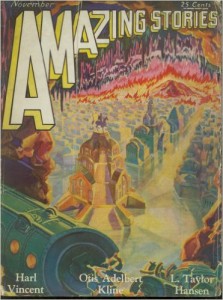 Found in The Poetry of Flight, an Anthology (edited by Stella Wolfe Murray, published by Heath Cranton, London 1925) this stirring poem by the American poet Minna Irving (1857 – 1940) Her real name was Minnie Odell Michiner and she was from Tarrytown, New York. She published a poetry collection, “Songs of a Haunted Heart” in 1888, and published poems in turn-of-the-century periodicals such as Munsey’s, The Smart Set, and The Gray Goose. She also wrote a science fiction story “The Moon Woman” which appeared in the November 1929 issue of Amazing Stories (right.) She has no Wikipedia entry. The anthology, which has pieces by Homer, Swinburne, Duncan Campbell Scott and W.H. Davies is dedicated ‘..to the memory of all have given their lives for aeronautical progress.’ Her poem could have been written by an Italian Futurist and has all the excitement of the early days of aviation.
Found in The Poetry of Flight, an Anthology (edited by Stella Wolfe Murray, published by Heath Cranton, London 1925) this stirring poem by the American poet Minna Irving (1857 – 1940) Her real name was Minnie Odell Michiner and she was from Tarrytown, New York. She published a poetry collection, “Songs of a Haunted Heart” in 1888, and published poems in turn-of-the-century periodicals such as Munsey’s, The Smart Set, and The Gray Goose. She also wrote a science fiction story “The Moon Woman” which appeared in the November 1929 issue of Amazing Stories (right.) She has no Wikipedia entry. The anthology, which has pieces by Homer, Swinburne, Duncan Campbell Scott and W.H. Davies is dedicated ‘..to the memory of all have given their lives for aeronautical progress.’ Her poem could have been written by an Italian Futurist and has all the excitement of the early days of aviation.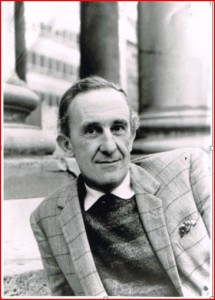 Listing British novelists or poets who were also medics is a fun party game. Going right back to the eighteenth century one can think of Goldsmith and Smollett. From the nineteenth, I suppose Keats can be included, although without a degree in medicine, he can’t be classed as a physician. Thomas Lovell Beddoes is a less well known example, as is Samuel Warren, who ought to be better known, especially as his ground-breaking Passages from the Diary of a late Physician heavily influenced the Bronte sisters. Among the twentieth century poets there are a few, including Dannie Abse and Alex Comfort and I dare say one or two writers studied medicine, but never practised it. I don’t think Somerset Maugham did, apart from a stint in the Red Cross. And then there is Gabriel Fielding (1916 – 86).He certainly practised. In fact he was a GP and a prison doctor based in Maidstone for many years until literary fame allowed him to give up medicine and try his luck in America. With a mother who was a descendant of Henry Fielding, he certainly possessed the literary credentials to succeed, and indeed he did, but not so much in his native land, where he is still little known. The reputation of Alan Gabriel Barnsley (his real name) is well documented in a review dated April 6th 1963 from the Haining Archive. In it, John Horder, himself a doctor and writer, marks the publication of Fielding’s fourth novel, The Birthday King, which had just appeared in the States, with the statement that in America he was acknowledged as ‘ one of our leading novelists, along with Graham Greene, Muriel Spark and Iris Murdoch’. According to Horder, Gabriel’s obsession with ‘the darkness in man ‘ was present from the start. In his debut novel, Brotherly Love (1954), for instance, Fielding’s hero, David Blaydon, who is based on the author’s eldest brother George, gets pushed into the Church, becomes entangled in the lives of various women in his parish and eventually falls ‘a great height from a tree to be found dead by one of his brothers in one of the most horrifying scenes in fiction’.
Listing British novelists or poets who were also medics is a fun party game. Going right back to the eighteenth century one can think of Goldsmith and Smollett. From the nineteenth, I suppose Keats can be included, although without a degree in medicine, he can’t be classed as a physician. Thomas Lovell Beddoes is a less well known example, as is Samuel Warren, who ought to be better known, especially as his ground-breaking Passages from the Diary of a late Physician heavily influenced the Bronte sisters. Among the twentieth century poets there are a few, including Dannie Abse and Alex Comfort and I dare say one or two writers studied medicine, but never practised it. I don’t think Somerset Maugham did, apart from a stint in the Red Cross. And then there is Gabriel Fielding (1916 – 86).He certainly practised. In fact he was a GP and a prison doctor based in Maidstone for many years until literary fame allowed him to give up medicine and try his luck in America. With a mother who was a descendant of Henry Fielding, he certainly possessed the literary credentials to succeed, and indeed he did, but not so much in his native land, where he is still little known. The reputation of Alan Gabriel Barnsley (his real name) is well documented in a review dated April 6th 1963 from the Haining Archive. In it, John Horder, himself a doctor and writer, marks the publication of Fielding’s fourth novel, The Birthday King, which had just appeared in the States, with the statement that in America he was acknowledged as ‘ one of our leading novelists, along with Graham Greene, Muriel Spark and Iris Murdoch’. According to Horder, Gabriel’s obsession with ‘the darkness in man ‘ was present from the start. In his debut novel, Brotherly Love (1954), for instance, Fielding’s hero, David Blaydon, who is based on the author’s eldest brother George, gets pushed into the Church, becomes entangled in the lives of various women in his parish and eventually falls ‘a great height from a tree to be found dead by one of his brothers in one of the most horrifying scenes in fiction’. 

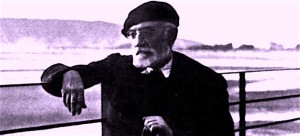 Found in Essays and soliloquies by Miguel de Unamuno (London: Harrap 1924) this preface written on the windswept Spanish island of Furteventura. The island is now mainly a holiday destination, although there is an impressive statue of Unamuno by the main road and also a life size statue of him on a side street.
Found in Essays and soliloquies by Miguel de Unamuno (London: Harrap 1924) this preface written on the windswept Spanish island of Furteventura. The island is now mainly a holiday destination, although there is an impressive statue of Unamuno by the main road and also a life size statue of him on a side street. 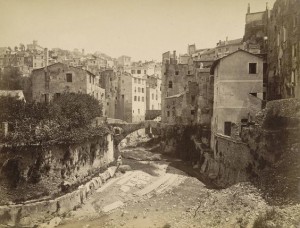
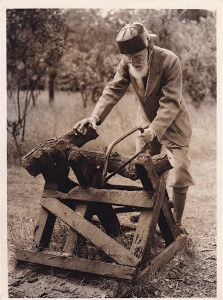
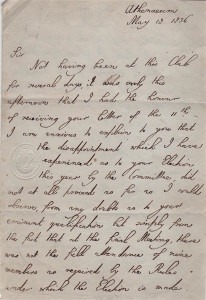
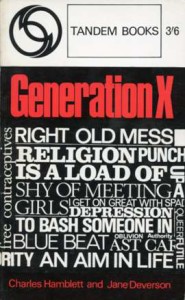 If you Google Jane Deverson all you will find is that she was the journalist, who with Charles Hamblett, invented the catchy term ‘Generation X’ to describe the disaffected youth born just after the close of the Second World War. Today they are better known as ‘ Baby Boomers ‘, but back in 1963, when she co-wrote the feature in question for the magazine ‘Woman’s Own’, that particular label had not yet been invented. Anyway, Generation X sounds a lot cooler. A book followed in 1964 and it was a copy of this, which budding punk Billy Idol found in his mother’s home, that inspired him to form a band with the same name.
If you Google Jane Deverson all you will find is that she was the journalist, who with Charles Hamblett, invented the catchy term ‘Generation X’ to describe the disaffected youth born just after the close of the Second World War. Today they are better known as ‘ Baby Boomers ‘, but back in 1963, when she co-wrote the feature in question for the magazine ‘Woman’s Own’, that particular label had not yet been invented. Anyway, Generation X sounds a lot cooler. A book followed in 1964 and it was a copy of this, which budding punk Billy Idol found in his mother’s home, that inspired him to form a band with the same name.
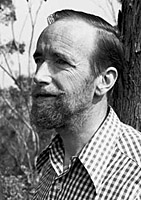 Found – the typescript of a review by
Found – the typescript of a review by 
